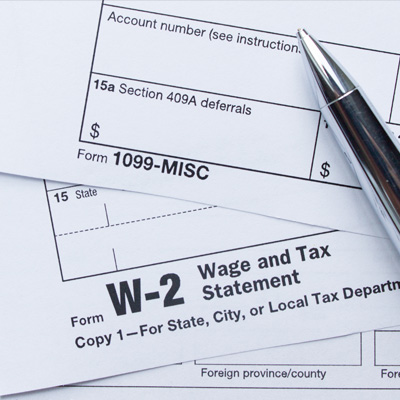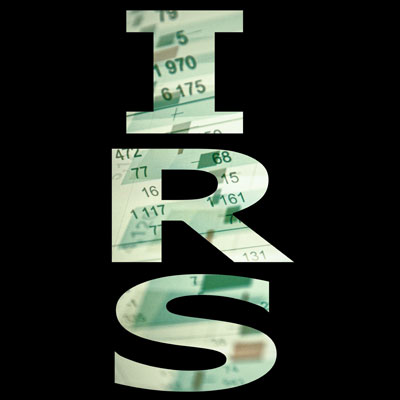Understanding the SECURE Act
Effective January 1, 2020 is a new spending bill called the SECURE Act (Setting Every Community Up for Retirement Enhancement Act of 2019).
Prior to 2020, most participants were required to take RMDs (required minimum distributions) from employer plans or IRAs by age 70-1/2; however, for those who have not reached 70-1/2 by the end of 2019, the RMD date is April 1 of the year following the calendar year in which you reach age 72. Every year after your start date you are required to take a RMD by December 31. The change allows more time for your qualified accounts to grow before they are reduced by distributions or taxes. If both spouses still work, the later age will allow the couple to contribute $14,000 more to an IRA if they contribute the maximum of $7,000 each to their IRA.

Another advantage to the later date is more time to do a Roth IRA conversion from a traditional IRA, if certain requirements are met. Withdrawals from a Roth IRA are tax-exempt (again, if certain requirements are met) and with a Roth IRA, there are no RMDs during a person’s lifetime.
The Act also eliminates the prohibition from contributing to a traditional IRA after age 70-1/2, similar to a Roth IRA which does not have the restriction.
The SECURE Act also encourages employers with retirement savings plans to permit employees to convert their savings into annuities, structuring a lifetime income. Employers will be protected from lawsuits if the insurance company selling the annuities does not pay out a lifetime benefit.
Many agree that the most important provision of the SECURE Act includes the elimination of the stretch for IRAs or 401(k)s in favor of the 10-year (after death of owner) distribution rule. This change will decrease wealth transfer and may involve a need for changes to clients’ estate plans. However, while the Act requires that all assets be distributed by the end of the 10th calendar after date of death, there are no RMDs required. If a beneficiary is an “eligible designated beneficiary”, they may keep the stretch over their lifetime.
An “eligible designated beneficiary” includes the following: a surviving spouse, a minor child, a disabled individual (as defined by the Internal Revenue Code), a chronically ill individual (as defined by the Internal Revenue Code), and an individual not more than 10 years younger than the decedent.
Those that have named a trust as beneficiary of an IRA or 401(k) should review the trust’s language to make sure the trust follows the new beneficiary rules. We will be hearing a lot more about the SECURE Act in the upcoming months.
If you have any questions, please contact Joe Mattera at jmattera@pselaw.com or call 937-223-1130 to discuss the issues with him or any of our other Probate and Estate Planning attorneys.












